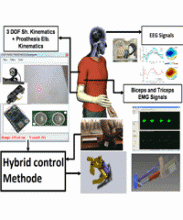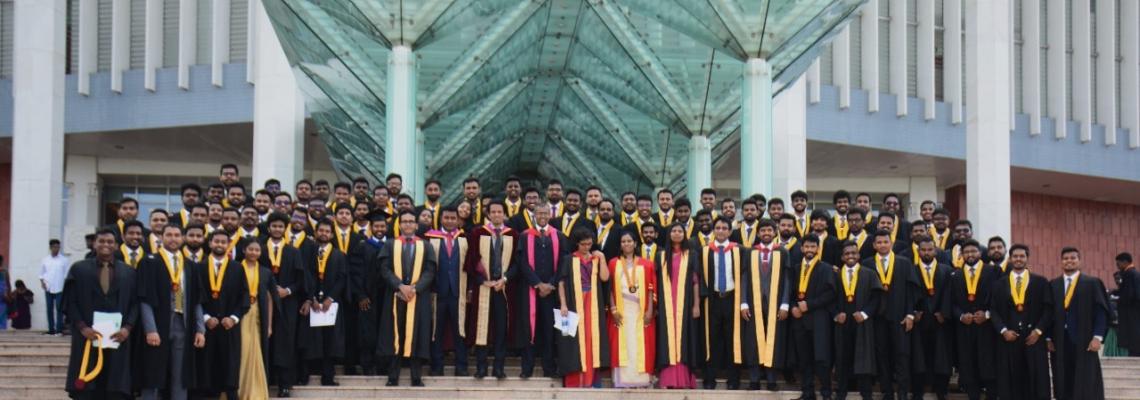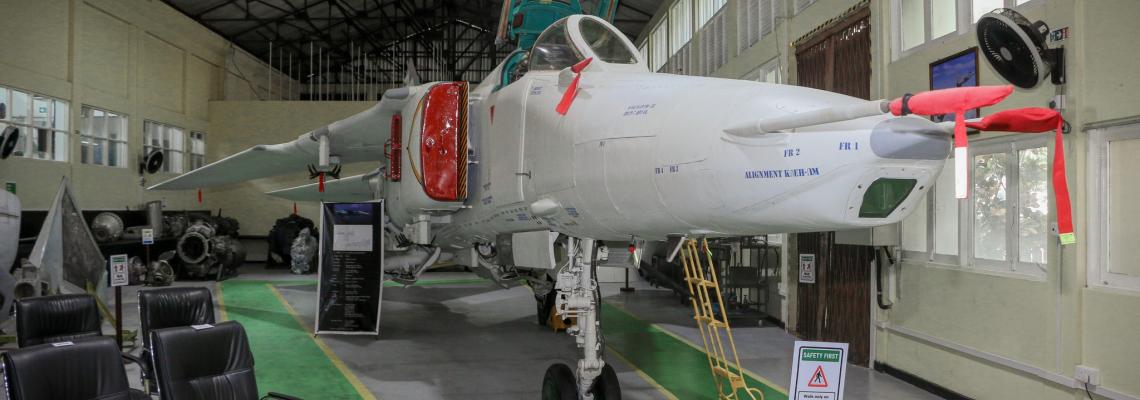 Improving the function of prosthetic arms remains a challenge because access to the neural-control information of the arm is lost with the amputation. In order to assist the both lower limb and upper limb amputees, several robotics prosthetic limbs have being developed. However, the existing prosthetic limbs do not meet the requirements of similar human motion generation in accordance with human motion intention. Therefore, there is a necessity of developing a proper control method for a robotic prosthetic limb. In this research, biological signals(EMG/EEG) and the sensory signals are fused to use for the controlling of a trans-humeral prosthetic arm.
Improving the function of prosthetic arms remains a challenge because access to the neural-control information of the arm is lost with the amputation. In order to assist the both lower limb and upper limb amputees, several robotics prosthetic limbs have being developed. However, the existing prosthetic limbs do not meet the requirements of similar human motion generation in accordance with human motion intention. Therefore, there is a necessity of developing a proper control method for a robotic prosthetic limb. In this research, biological signals(EMG/EEG) and the sensory signals are fused to use for the controlling of a trans-humeral prosthetic arm.
Researchers
W.D.I.G.Dasanayake, R.A.R.C.Gopura, V.P.C.Dassanayake G.K.I.Mann








